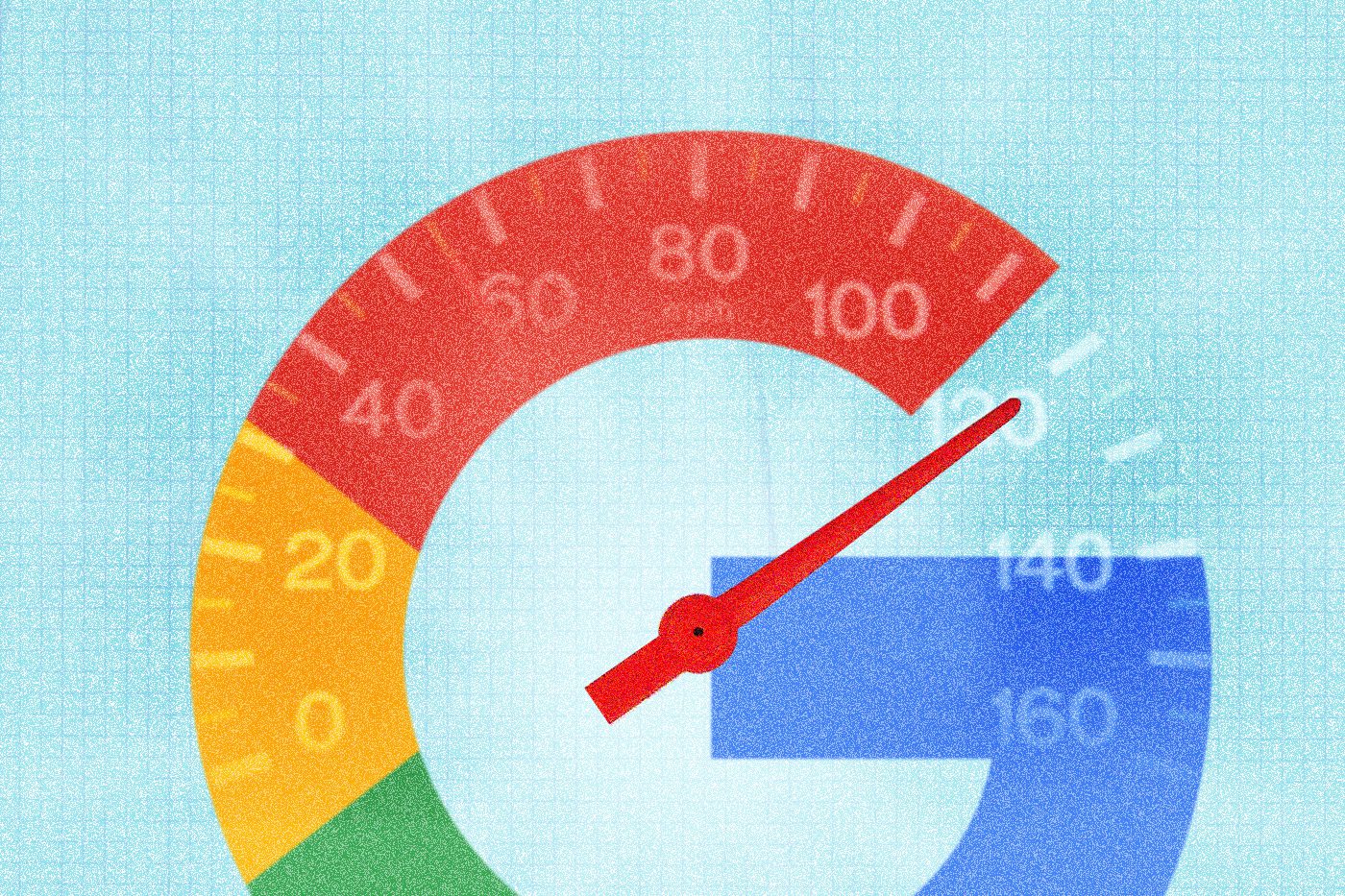10 Secrets to Maximizing the Google Ad Grants Program
- What are Google Ad Grants?
- 1. Always use the Google Grant to build your audience.
- 2. Focus on traffic quality vs. quantity.
- 3. Don't forget to set up and tune your Google Analytics account properly.
- 4. Tracking conversions unlocks advanced targeting.
- 5. You need to start with comprehensive keyword and topic research.
- 6. Remember to factor in negative keywords.
- 7. You will only succeed with strategic, optimized website content.
- 8. Landing page design matters more than you think.
- 9. Think creatively to uncover the best campaign opportunities.
- 10. Regularly review and adjust keywords and campaigns.
- FAQs about Google Ad Grants
The Google Ad Grants program is often misunderstood or underutilized by nonprofit organizations. We frequently encounter nonprofits who have given it a try, but say it just doesn’t work for them.
But we’re here to flip that narrative. This free advertising resource can drive significant traffic, engagement, and conversions with the right strategy and tools.
Here’s your ultimate guide to mastering Google Ad Grants with actionable insights designed for nonprofits. We’ll also answer FAQs to help you make informed decisions and maximize this opportunity.

What are Google Ad Grants?
Google Ad Grants provide eligible nonprofits with up to $10,000 per month (up to $120,000 annually) in ad credit to spend on Google search ads. This program allows nonprofit organizations to promote their mission, increase their visibility, and connect with their audience through the power of search engine advertising—a massive opportunity.
Are Google Ad Grants Worth It?
Yes! Here are a few reasons why:
- They Drive Search Traffic: Even if you don’t rank #1 organically for a keyword, a Google Ad Grant can help you show up at the top of the search results so you can connect more people to your mission.
- They Supplement Your SEO Efforts: Google Ad Grants for nonprofits supplement your search engine optimization.
- They Drive Leads and Conversions: If you combine your Google Ad Grants efforts with a great content and conversion rate optimization strategy, you can get more website visitors and lead them through a relevant conversion path. They can help you drive newsletter signups, event registrations, volunteer opportunities, or donations.
Over the years, we’ve uncovered 10 essential tactics that differentiate highly effective Google Ad Grants campaigns from unsuccessful ones. Take a look at our findings below.
>> Leave your content strategy to our Google Ad Grants management team. We aim to get your promotable content to appear on the first search results pages.
1. Always use the Google Grant to build your audience.
Building a solid email list is one of the most critical ways to expand an organization’s reach and impact. With the right strategy, landing page design, and conversion tracking, Google Grant traffic can be converted into sustainable and regenerative email list growth.
2. Focus on traffic quality vs. quantity.
Once a Google Ad Grants account is approaching the full use of the $10,000 per month budget, it’s ideal to refocus the campaign and prioritize the keywords driving the most conversions, website engagement, and audience growth.
3. Don’t forget to set up and tune your Google Analytics account properly.
It’s impossible to fully optimize or report on a Google Ad Grants account without having Google Analytics set up correctly on the organization’s website. This will also help you unlock advanced targeting features.
4. Tracking conversions unlocks advanced targeting.
One element of Google Analytics that’s especially critical for nonprofits is identifying and tracking conversions. Tracking conversions such as newsletter signups, event registrations, resource downloads, video views, contact form completions, or other vital actions not only helps with reporting but also unlocks a few more advanced targeting options that can help accelerate the overall effectiveness of the campaigns. Tools like Google Tag Manager can also enable advanced tracking, letting you evaluate what’s working to optimize conversions.
5. You need to start with comprehensive keyword and topic research.
Before you can launch any effective pay-per-click advertising campaign, you need to understand how people are searching for the topics and keywords your organization is interested in being found for. Detailed and well-organized keyword research helps to create an organized hierarchical campaign, which helps with account management, keyword Quality Score, reporting, and account management. Together, these benefits make keyword research one of the most essential strategic steps for any successful Google Ad Grants project.
6. Remember to factor in negative keywords.
Most for-profit advertisers quickly understand the importance of negative keywords to block non-qualified traffic. For nonprofits with Google Ad Grants, factoring in negative keywords can help refine the overall quality of your traffic, leading to more visitor interactions and positive outcomes.
7. You will only succeed with strategic, optimized website content.
Most organizations consider SEO, content marketing, thought leadership, and Google Ad Grants separate marketing tactics. However, organizations achieve the best results when they combine these services into a holistic content strategy, starting with a comprehensive plan and proceeding through campaign implementation, tracking, and reporting.
8. Landing page design matters more than you think.
User experience and landing page design are critical for turning passive website visitors into engaged readers, permanent audience members, customers, and donors for your organization. Most nonprofits skip this crucial step. Google Ad Grants perform best when you manage the content and user experience with the same precision and care that often goes into paid Google Ads campaigns run by for-profit companies.
9. Think creatively to uncover the best campaign opportunities.
Many organizations get frustrated when Google Ad Grants do not provide quick results. Often, the missing ingredient is returning to the first step and ensuring that the topic and keyword planning are comprehensive and creative enough to uncover the best opportunities for your organization. Consider seasonal topics, news and event cycles, and other outside-the-box ideas to maximize this powerful free advertising program.
10. Regularly review and adjust keywords and campaigns.
Check your Google Ads account regularly to monitor your cost-per-click (CPC) and ad performance. Periodically update and modify your ads. As your account gathers more data, Google will be the best at delivering your content to the best audiences. This valuable information will help inform your decisions and get you a higher return on your efforts.
Creating a rockstar account is mainly iterative, and that’s where a well-qualified paid professional in Google Ad Grants management can be highly beneficial. Collaborating with a Google Partner or with seasoned marketing consultants can help optimize your campaigns. These experts break down algorithm updates, craft optimized ad copy, and guide your team through emerging trends, like how paid ads may impact the visibility of your grant campaigns. Balancing performance with authentic outreach is essential for making a lasting impact.
The Google Ad Grants program can be a game-changer for nonprofits, but its success hinges on implementing the right strategies. Let our team of Google Ad Grants experts unlock the full potential of this powerful free advertising program and make a lasting impact on your mission.
FAQs about Google Ad Grants
How Do I Qualify for Google Ad Grants?
To be eligible, nonprofits must:
- Hold valid charity (i.e., 501(c)(3)) status
- Have a functional, high-quality website
How Can My Nonprofit Lose Eligibility?
Failure to meet eligibility requirements, such as maintaining minimum CTR or abiding by ad policies, could result in suspension.
How Do Nonprofits Apply for Google Ad Grants?
Begin by verifying eligibility on the Google for Nonprofits website and following their application process.
Can Google Ad Grants Help Fundraising?
Yes! Create focused campaigns for events, volunteer recruitment, and donation drives to maximize conversions and fundraising.
How Long Does Activation Take?
Once eligibility is verified and the account is created, activation typically occurs in 5-10 business days.
What are Some Tips to Maximize Google Ad Grants Campaigns?
Creating effective ad campaigns is crucial to leveraging Google Ad Grants successfully. For nonprofits, it’s recommended to structure 1-3 ad groups per campaign, each designed to target specific search terms or address unique audience segments. This approach improves your click-through rate (CTR) by tailoring your ad copy to the relevant search queries, ultimately driving meaningful traffic to your website.
Developing a cohesive digital marketing strategy for nonprofits, especially healthcare organizations, links elements like email marketing, social media, and webinars. Incorporating generic keywords and single-word modifiers can broaden visibility while carefully refining them to ensure they complement your campaign’s objectives. Utilizing a bidding strategy that maximizes your Google Ad Grant funds is essential to staying competitive in Google search results.



